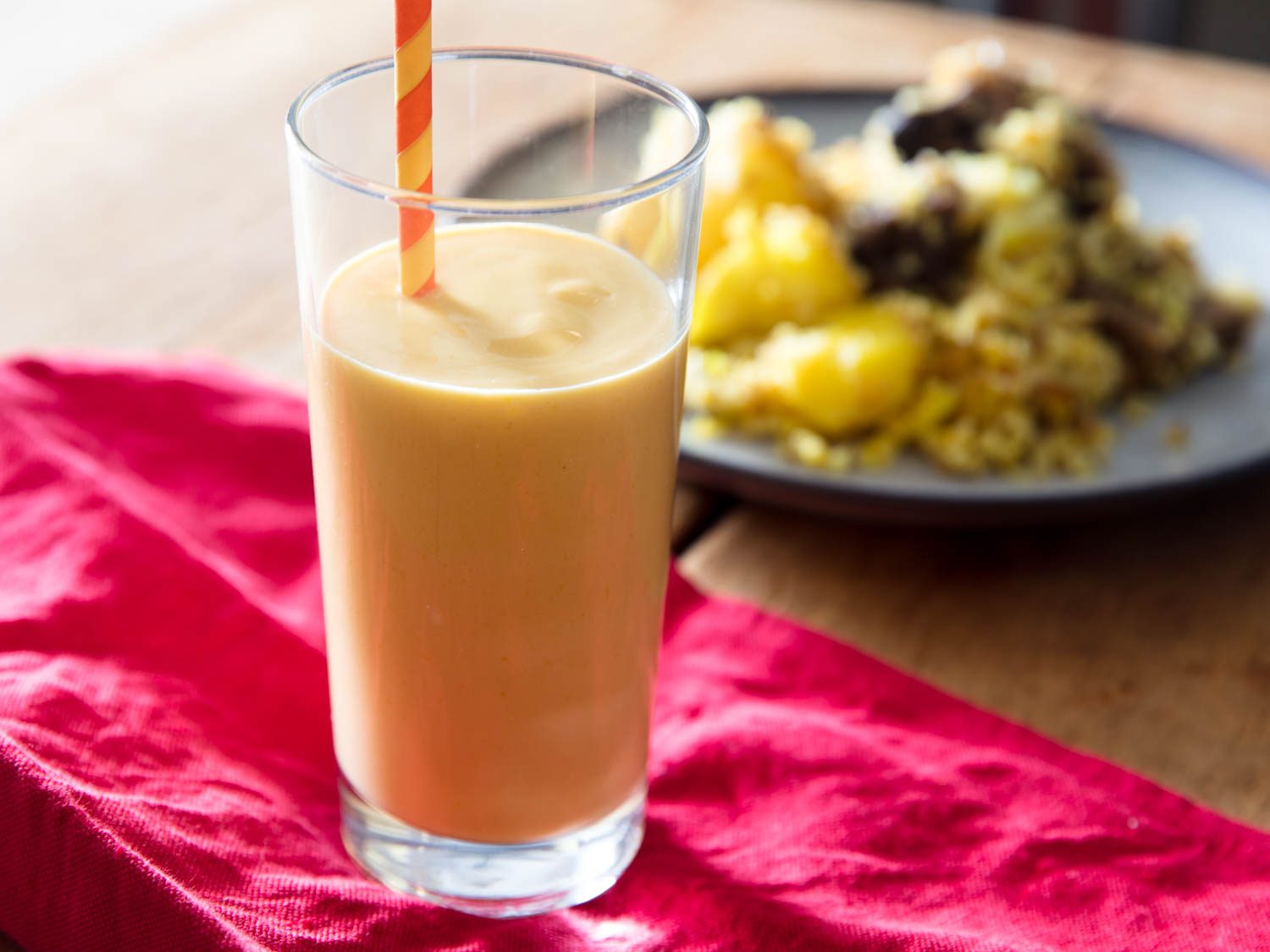
[Photographs: Vicky Wasik]
I was raised by a master of culinary sleight of hand. When I’d come home from school with envious tales of the golden Tater Tots the other kids were having for lunch, my mother bamboozled me into believing steamed taro was exactly the same. I was repeatedly tricked into eating boiled daikon, assuming it was a potato. Her most impressive illusion involved calling whitebait sauté “coleslaw.” The one time I didn’t mind getting swindled was when a creamy and thick lassi was presented as a milkshake. Even now, I’ll take a mango lassi over a milkshake any day.
Lassis are the original smoothies—tart whole-milk yogurt, whisked with buttermilk or milk and flavored with fruit or herb purées. They can lean sweet or savory, and sometimes, as a final touch, rich clotted cream is spooned on top of the drink, making its resemblance to a milkshake even more uncanny. There are countless variations on the beverage found throughout India, Bangladesh, and Pakistan. Long before blenders or the Magic Bullet, these drinks were sipped alongside spicy tiffin lunches and chaats, offering relief between fiery bites and an easily digestible source of protein in a primarily vegetarian diet.
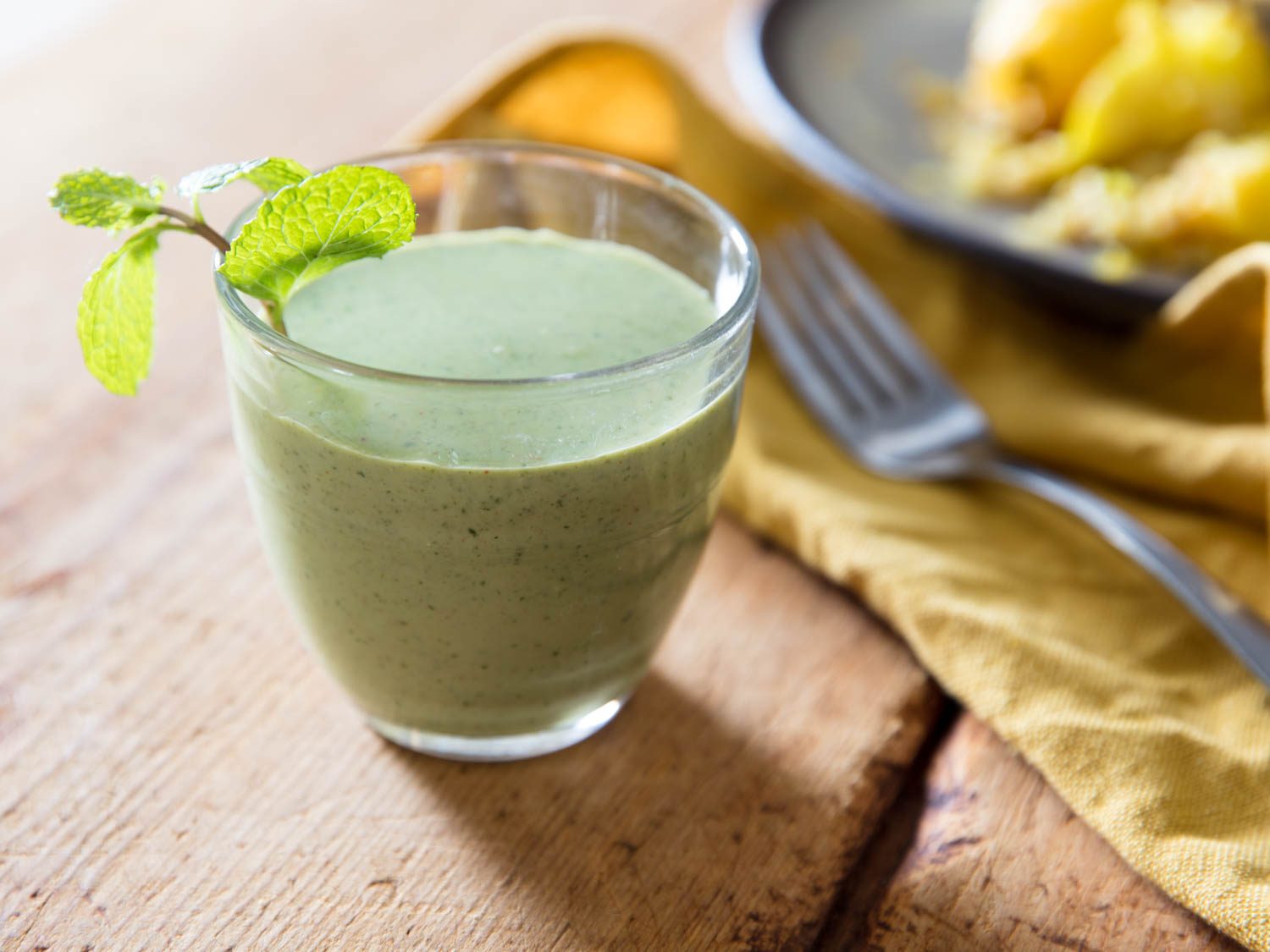
Making a classic restaurant-style lassi at home is quick and easy, so you can trick your children, too. For the most authentic texture, the first step is to start with unstrained yogurt. Greek-style yogurt is too thick for sipping and not tart enough to support the other flavors that join the party.
The next key is to ditch your blender for a whisk. A blender is useful for making any fruit or herb purées that might be added, but blending the lassi together incorporates too much air and breaks up the natural texture of the curd. And, most importantly, serve it up cold—I prefer mine over a generous amount of ice and sipped with a straw.
Mango Lassi
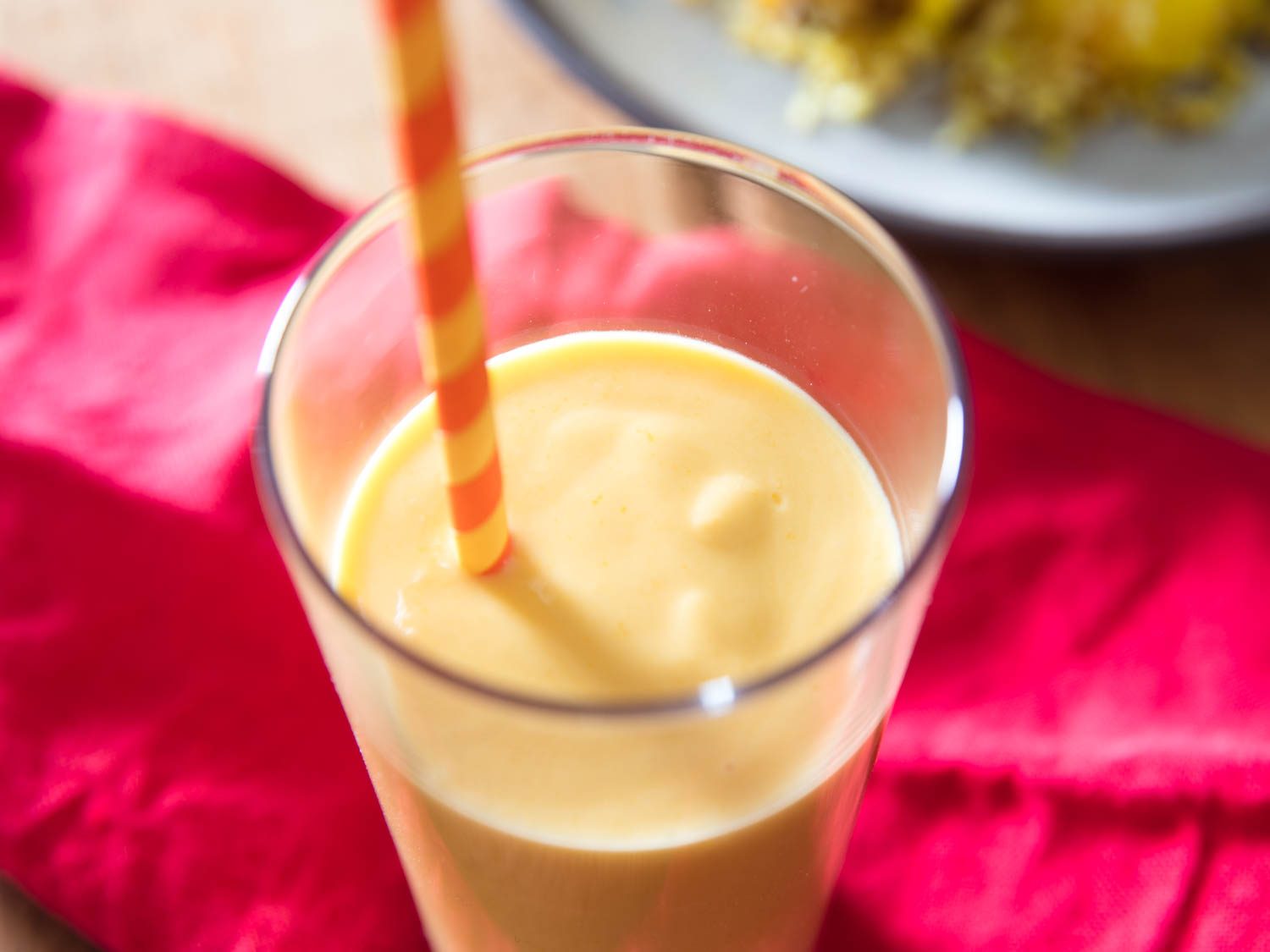
The key to the bright, floral flavors of a traditional mango lassi is the Kesar mango. Kesar mangoes are grown in the lush western part of India and are available in fresh form only in the spring and early summer. Luckily, you have year-round access to its sweet, neon flesh as a canned purée. Canned Kesar mango purée is made from the ripest fruit and is ready to go for your lassi-making needs.
I prefer to opt for the unsweetened purée and instead sweeten the lassi to taste with my own palm sugar syrup. Palm sugar is an unrefined sugar derived from the palm tree. Any other unrefined sugar, such as turbinado or muscovado, works just as well at adding a nutty, smoky flavor in addition to sweetness. To make the syrup, I boil the sugar with water until the sugar is fully dissolved, skimming any impurities that may rise to the surface. Once cooled, this syrup can also be used to flavor cocktails and iced tea, and it’s a cinch to stir into curries when they need a touch of sweetness for balance.
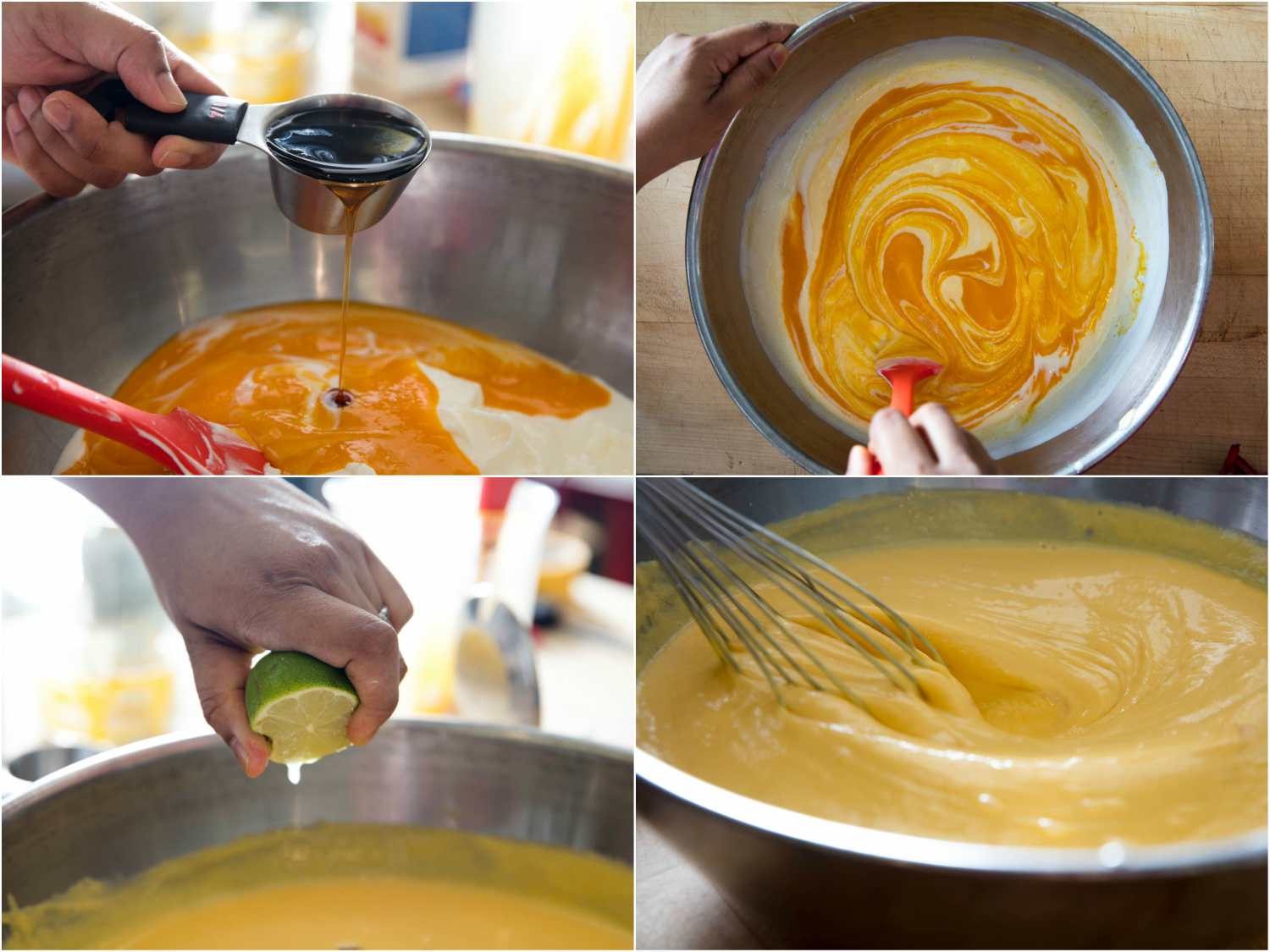
To make the mango lassi, I whisk together the mango purée, yogurt, and buttermilk and season it to taste with palm sugar syrup and a little fresh lime juice. Poured over ice, the lassi is ready to enjoy.
Borhani: Salted Mint Lassi
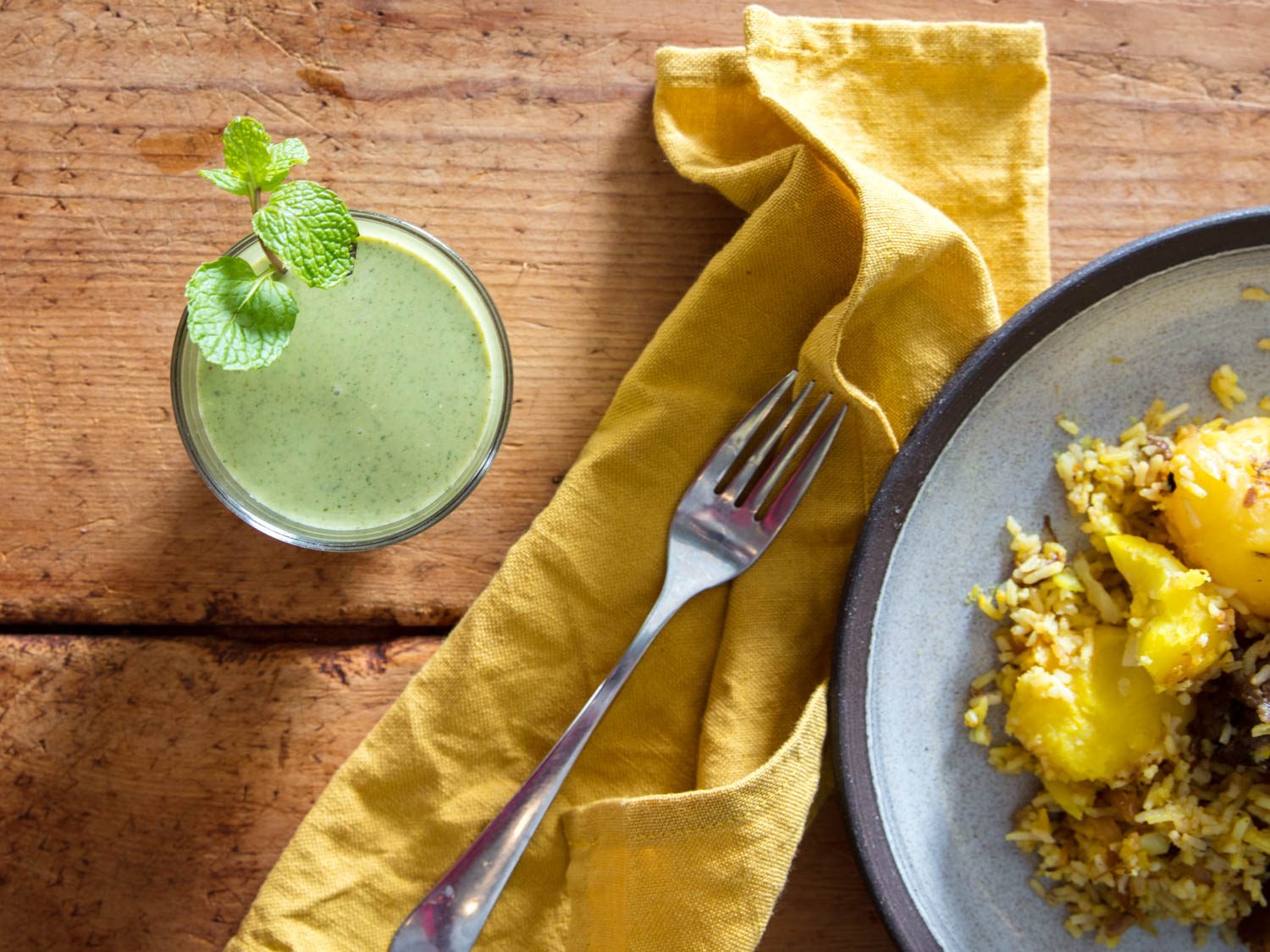
A savory beverage might sound bizarre, but it’s very common in India and other parts of South Asia, where the salt is ideal for rehydrating you in the sweltering heat. At their simplest, salted lassis contain yogurt, water, a pinch of salt, and toasted cumin. This version, called borhani in Bangladesh, contains an herbaceous purée of cilantro and mint, along with fruity Kashmiri red chili powder and a slap of funk from chaat masala.
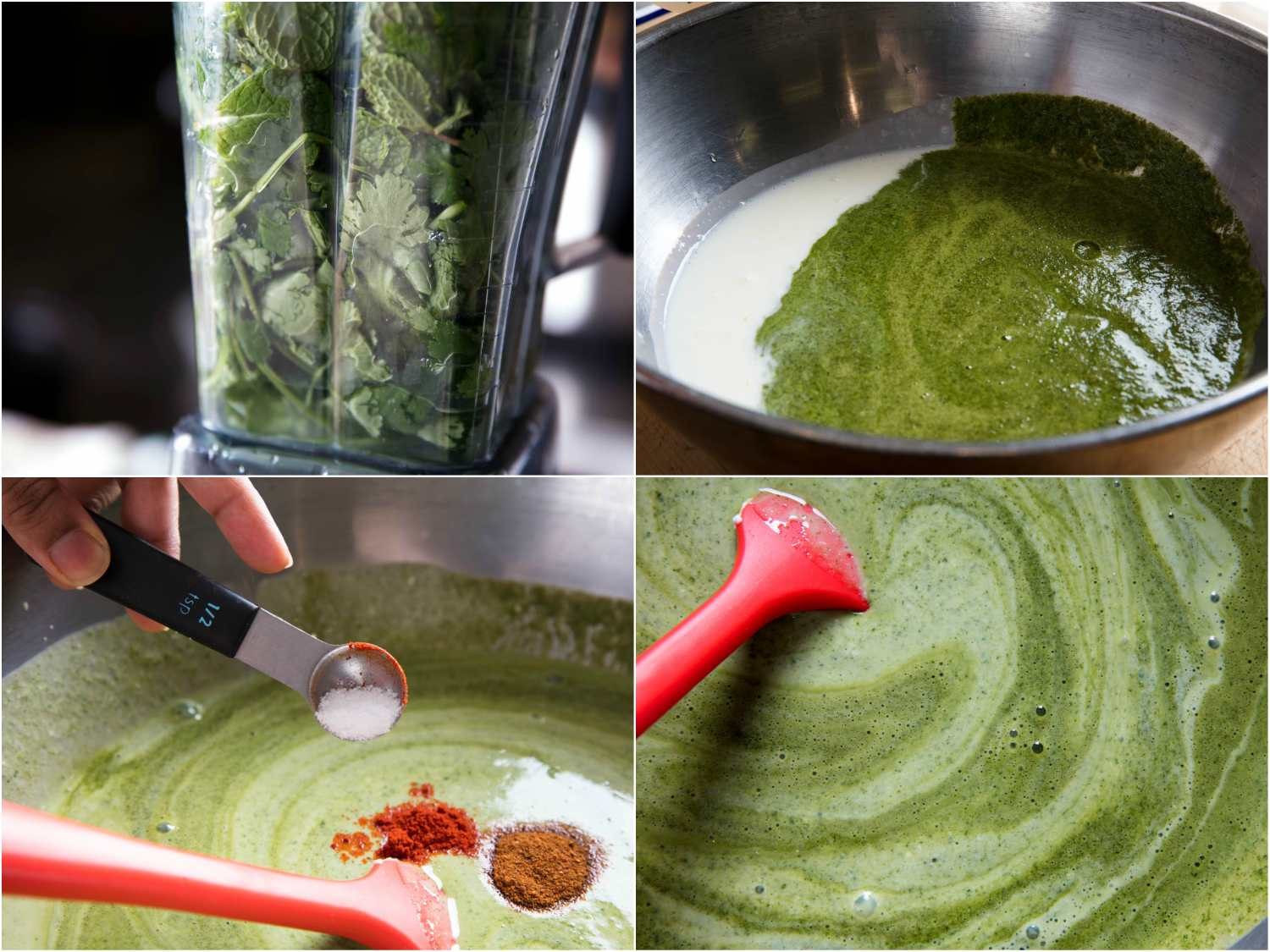
Often served alongside biryani, borhani can be thought of as a drinkable raita, serving as both a beverage and a condiment for the meal. The tangy and perky drink offers contrast to a rich and meaty ghee-laden dish, cleansing your palate after each bite.
Source link